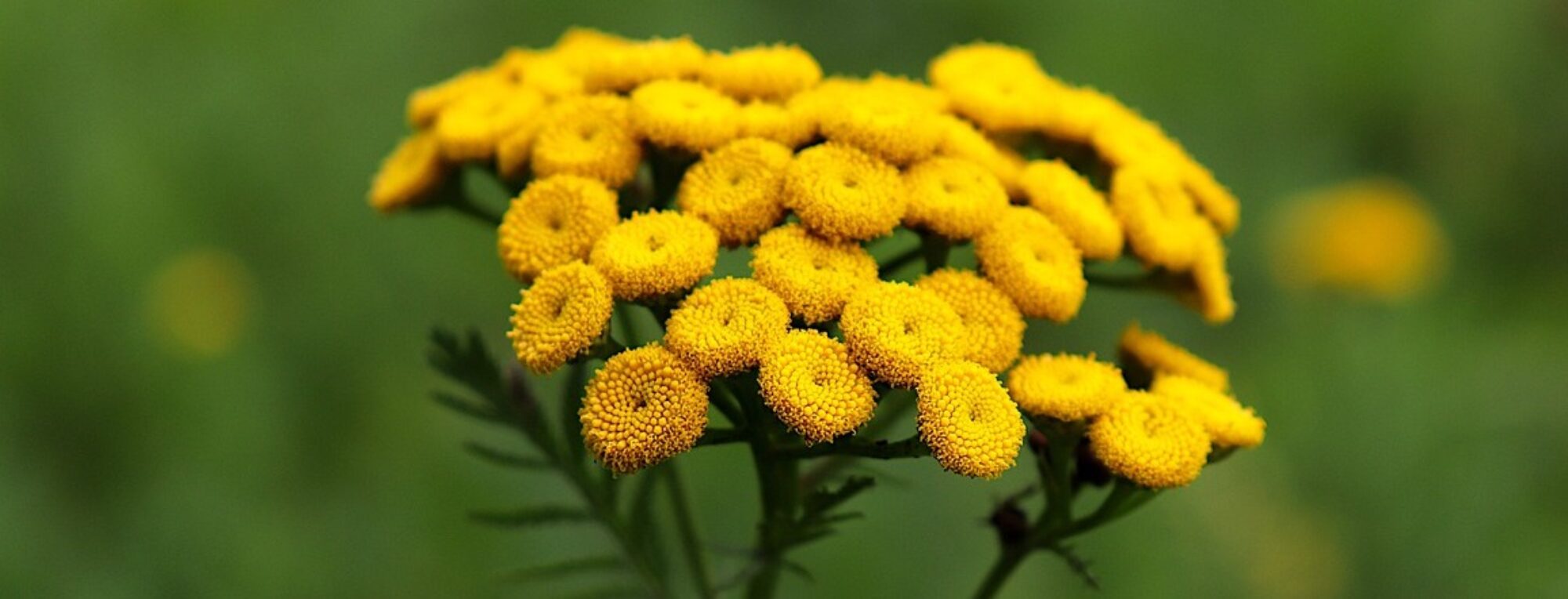
English name: Shepherd’ s purse
Family: Brassicaceae
Botanical characteristic: An annual or biennial 10 – 50 cm tall herb with a groundcover rosette of pinnately cut, toothed leaves. The stem leaves are sessile, with two tips at the end. The white, small flowers grow in a tuft. The fruit is a triangular dry pop fruit with several seeds.
Microscopic drawing:

Distribution: A very widespread weed of fields and gardens, growing near roads, rubbish dumps, and sidewalks.
Drug: Bursae pastoris herba
Harvesting method: Flowering clematis, even with ground pink leaves, is harvested from May to June with gardening shears.
Drying: It is dried naturally in 10 cm layers in an airy place, in the shade. Artificially in a drying room, where the temperature must not exceed 40 °C.
Active substances: Shepherd’s purse is rich in flavonoids with a dominance of rutin and diosmin. Also important are biogenic amines, especially tyramine, histamine, choline and betaine. The plant also contains saponins, tannins, compounds containing sulfur, minerals and vitamins.
Uses: The drug is used for its ability to eliminate bleeding in cases of menorrhagia, metrorrhagia and mild bleeding from the mucous membranes of the digestive system. The preparations have a diuretic effect and support metabolism.
Traditional method of use in indications determined solely on the basis of long-term use:
– relieve heavy menstrual bleeding in women with regular menstrual cycles.
Selected herbal preparations: AGROKARPATY SHEPHERD’S POCKET oleander herbal tea 1×30 g, HANUS SHEPHERD’S POCKET oleander vacuum pack. 1×40 g, JUVAMED AFRODITA tea for women herbal tea in infusion bags 20×1.5 g, ESTREYA tbl 20 pcs.
